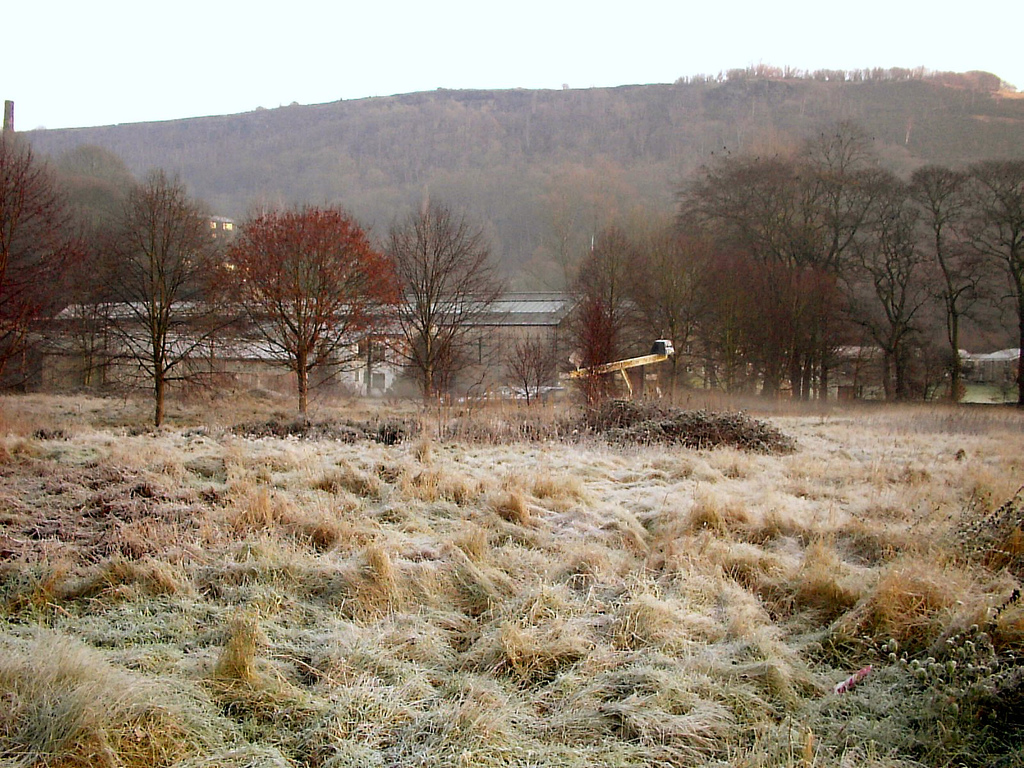There have been positive responses to the post about developing the Mytholm Works site as a cooperative, intensive urban food production project. Nick Green, the Chair of Incredible Edible Growing Ltd commented,
“Sounds exciting for such a prominent site – community share offer, growing centre with architectural growhouse and an eco hotel and local food outlet.”
And a local cooperative business adviser planted an interesting idea:
“The Mytholm site would make an ideal growing/composting/bioenergy space – sheltered and south facing. One of the few in the valley. The site has a co-op history too – there was a worker co-op mill on the site. Maybe it should be registered as a community asset under the new Localism Act powers?”
Registering land as an asset of community value
The Community Right to Bid came into effect last month. It makes it possible for voluntary or community organisations or parish councils to nominate an asset to be included on a list of “assets of community value”. This list, which the local authority (Calderdale Council, in our case) has to maintain, covers local assets that are important to the community – whether a village shop, a community centre, other kinds of buildings, or land.
Robin Tuddenham, Director for Communities at Calderdale MBC, explained that his department is working to set up a community assets register as required by the Localism Act. He emailed,
“As the provisions have recently been enacted we are developing our approach to this matter and will be putting a report to Cabinet shortly.”
Locality (a UK network of settlements, development trusts, social action centres and community enterprises) notes that the Community Right to Bid opens up possibilities for community land-buy outs that are similar to those in Scotland, where the 2003 Land Reform Act has led to community ownership of more than half the Western Isles.
How to buy a community asset
Once an asset is on the community asset list, if the owner wants to sell it, they have to let the Council know. The Council will then require a six month moratorium, during which the owner can’t sell the asset. This is to allow time for the group which nominated the asset as being of community value, to create a business plan/proposal and raise the capital to buy the asset when it comes onto the open market at the end of the six month moratorium.
How does land or any other asset count as having “community value”?
The key criteria are:
- the use of the land or building currently, or in the recent past, furthers the social wellbeing or cultural, recreational or sporting interests of the local community
- this use (as described above)… will continue to further the social wellbeing or interests of the local community
- the use of the land or building to further social well-being or interests of the community must be its principle use
Does the Community Right to Bid cover assets used for business purposes?
In her recent Portas Review of how to support high street businesses, Mary Portas recommends that Councils should
“Support imaginative community use of empty properties through Community Right to Buy, Meanwhile Use and a new ‘Community Right to Try'”
According to Locality,
“Evidence from the Asset Transfer Unit suggests that many community assets are already used to support enterprise activities and new businesses. The recently published Portas Review – an independent review into the demise of high streets and town centres across England- supports this view and promotes the use of the Right to Bid to empower communities to stimulate local economic growth. The report suggest that the numerous empty shops and buildings that make up many high streets in England could surely be put to better use by members of the community who have innovative ideas for enterprise ventures and new businesses. Whilst the Right to Bid will not make this happen overnight, it does lay the foundations for community groups to take their first steps towards acquiring an asset and this must surely be welcomed.”
So?
The Calderdale Locality worker thinks this is an interesting project and it’s worth going ahead with the Community Right to Bid. She confirms that the current and past uses of the site are key for nominating an asset as being of community value – but she also says that even if Calderdale Council were to say “no” to the nomination, it’s still possible to put in a “prospective” nomination.
In the meantime, if you’re interested in this idea, please let us know via the contact form, or simply comment in the reply box.
Updated 20 October with information from the Calderdale Locality worker.
Updated 23 October with information from Robin Tuddenham, Calderdale MBC Director for Communities


